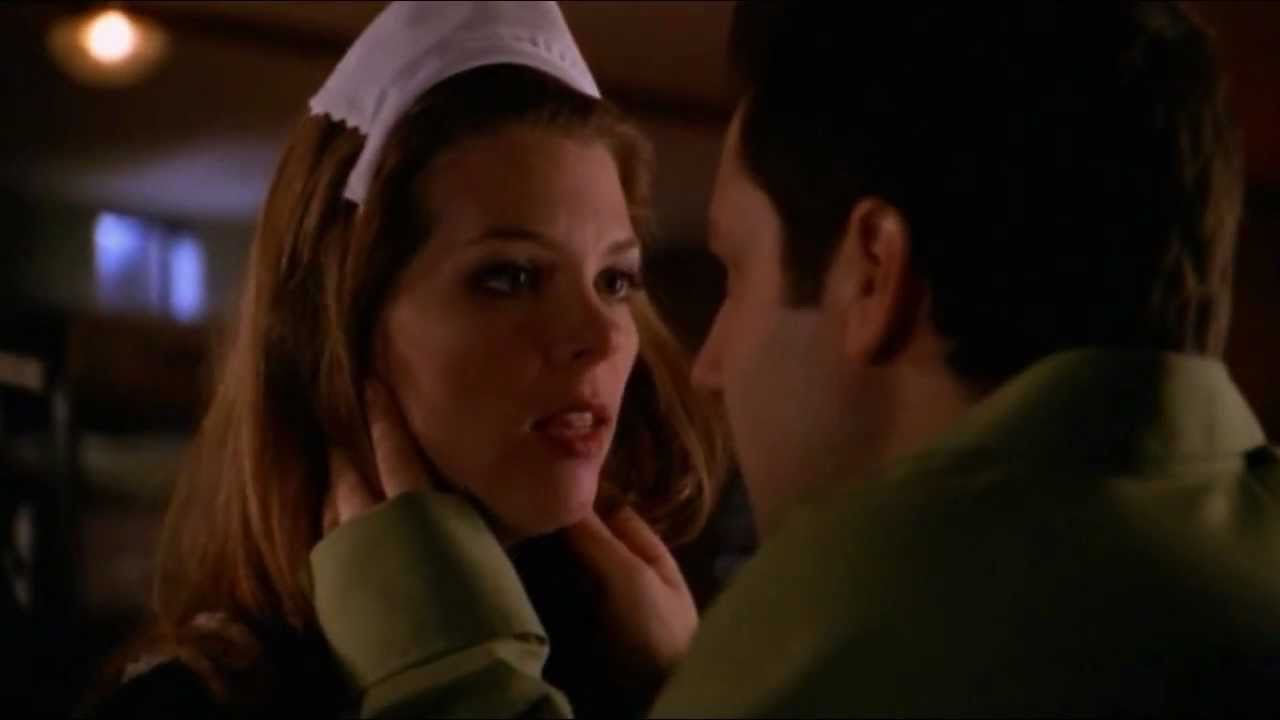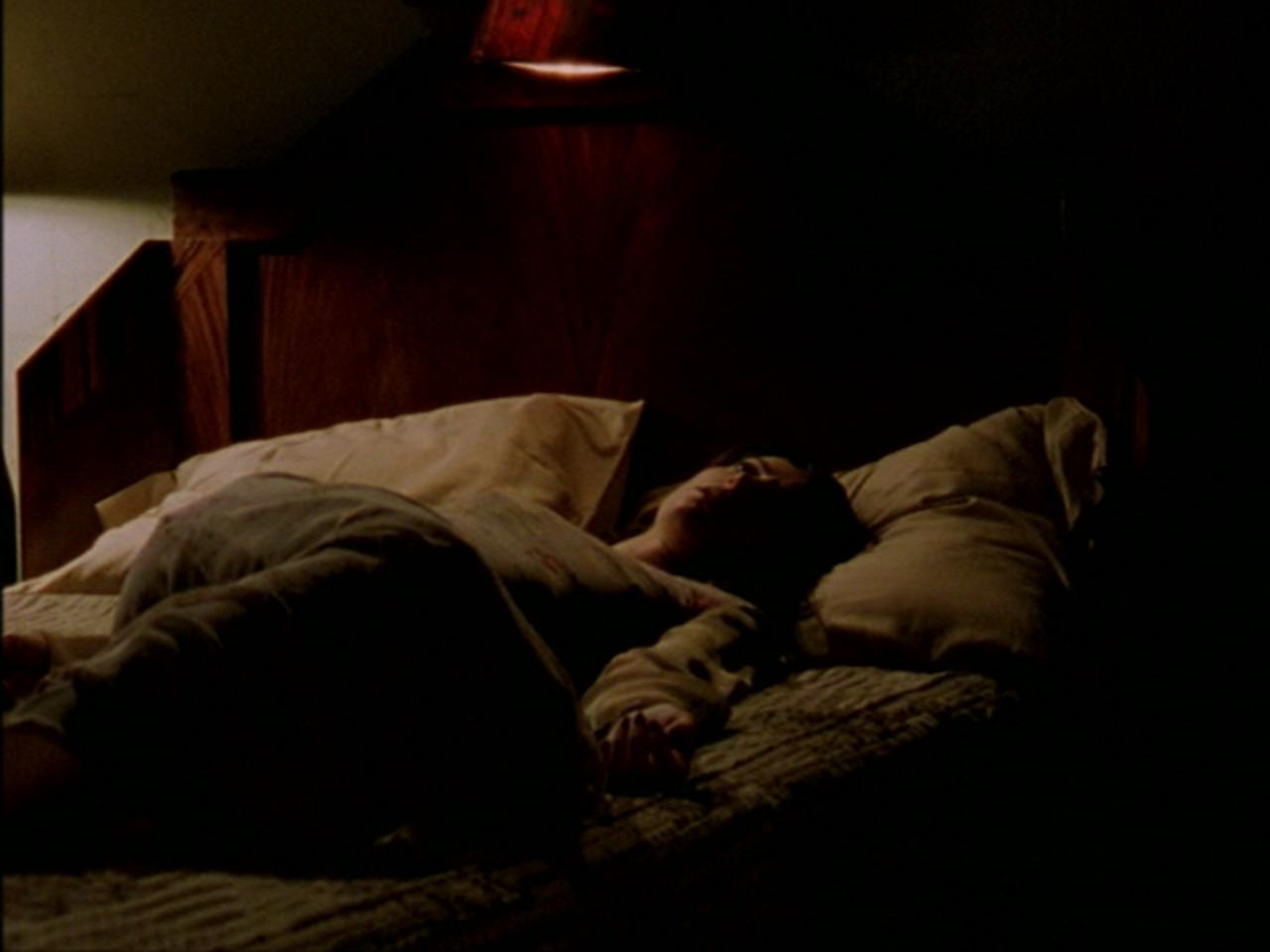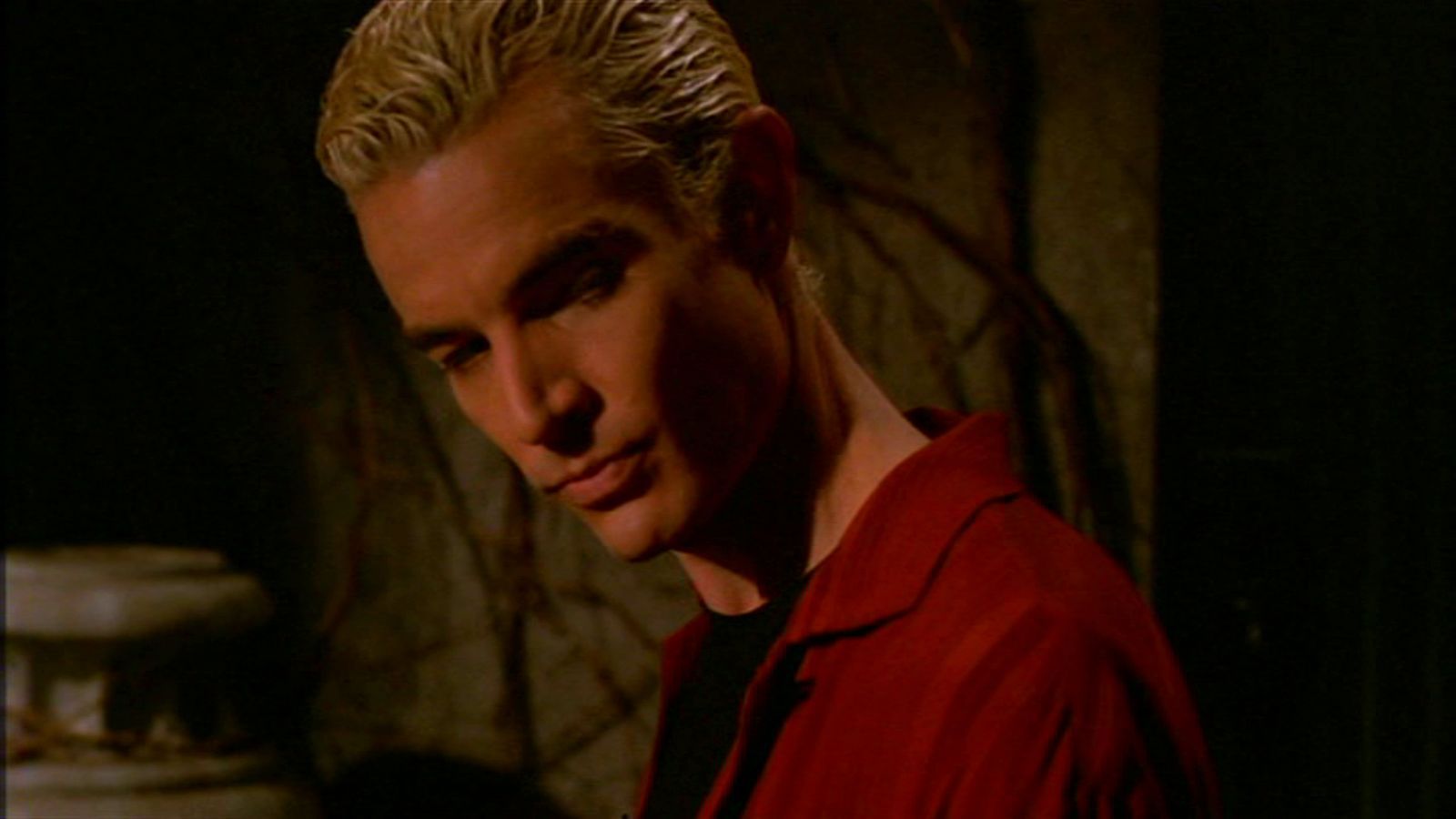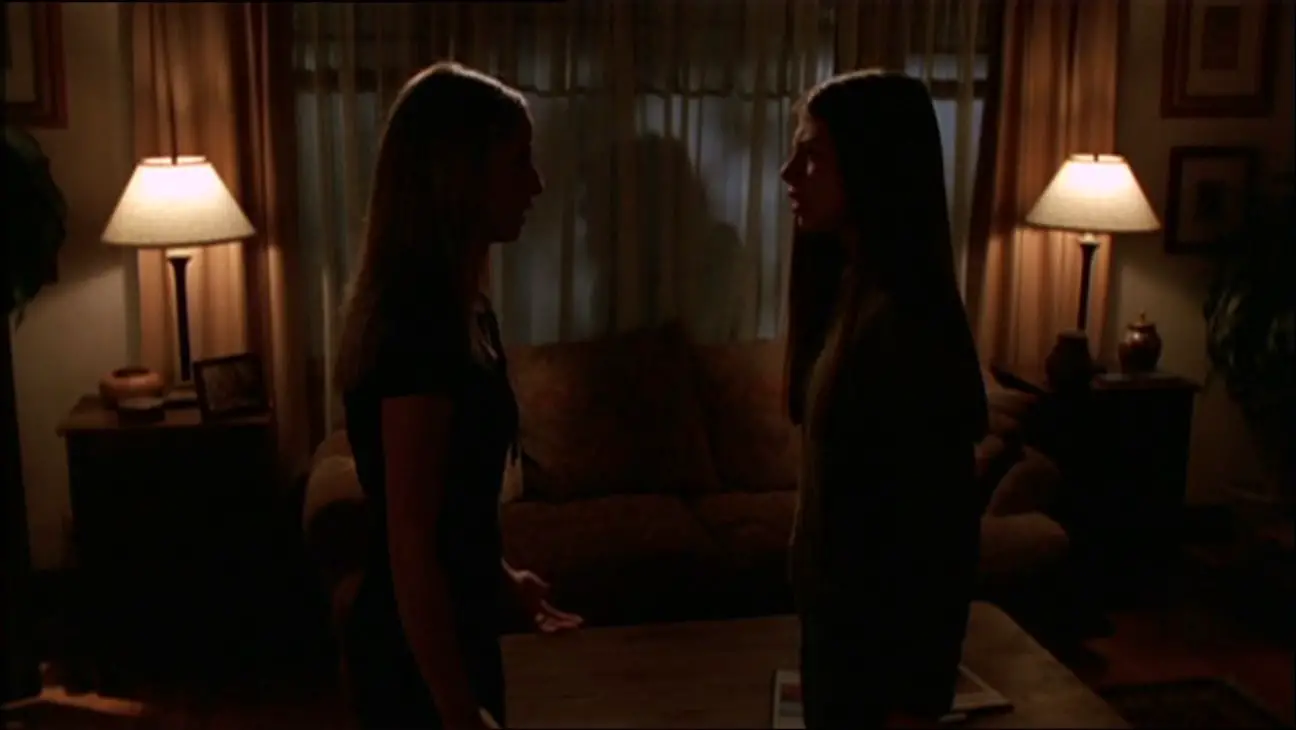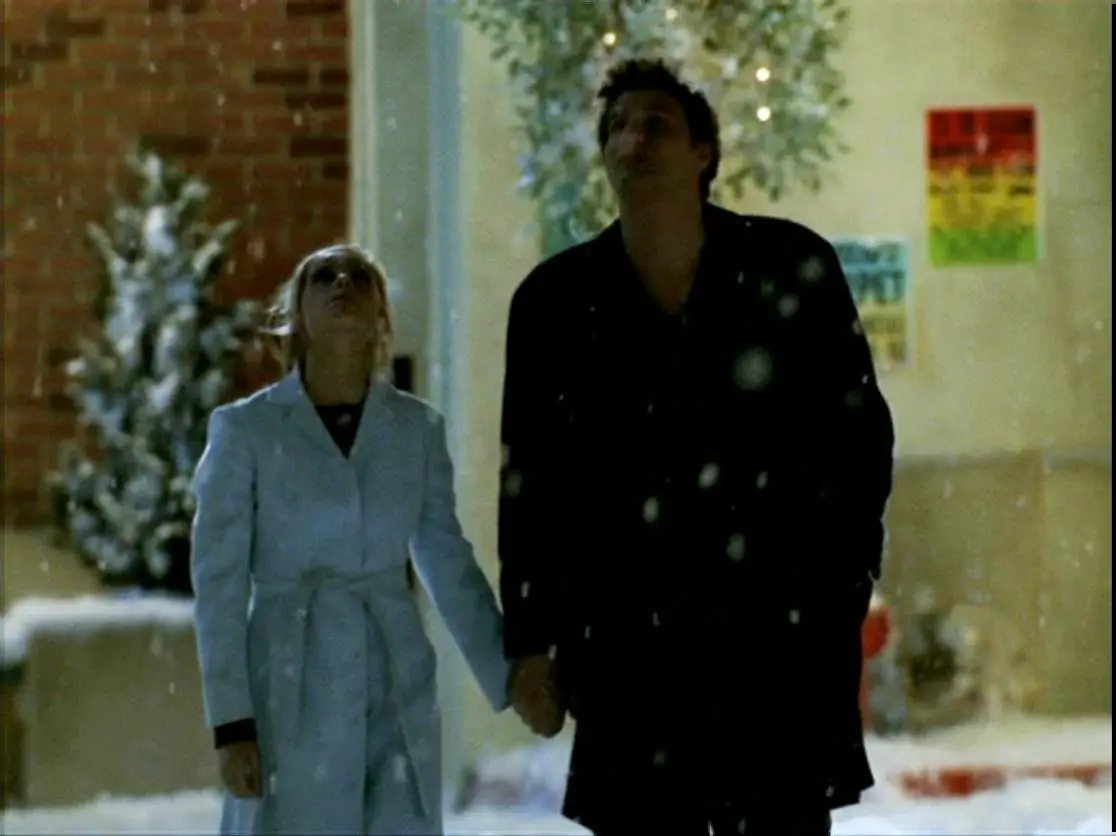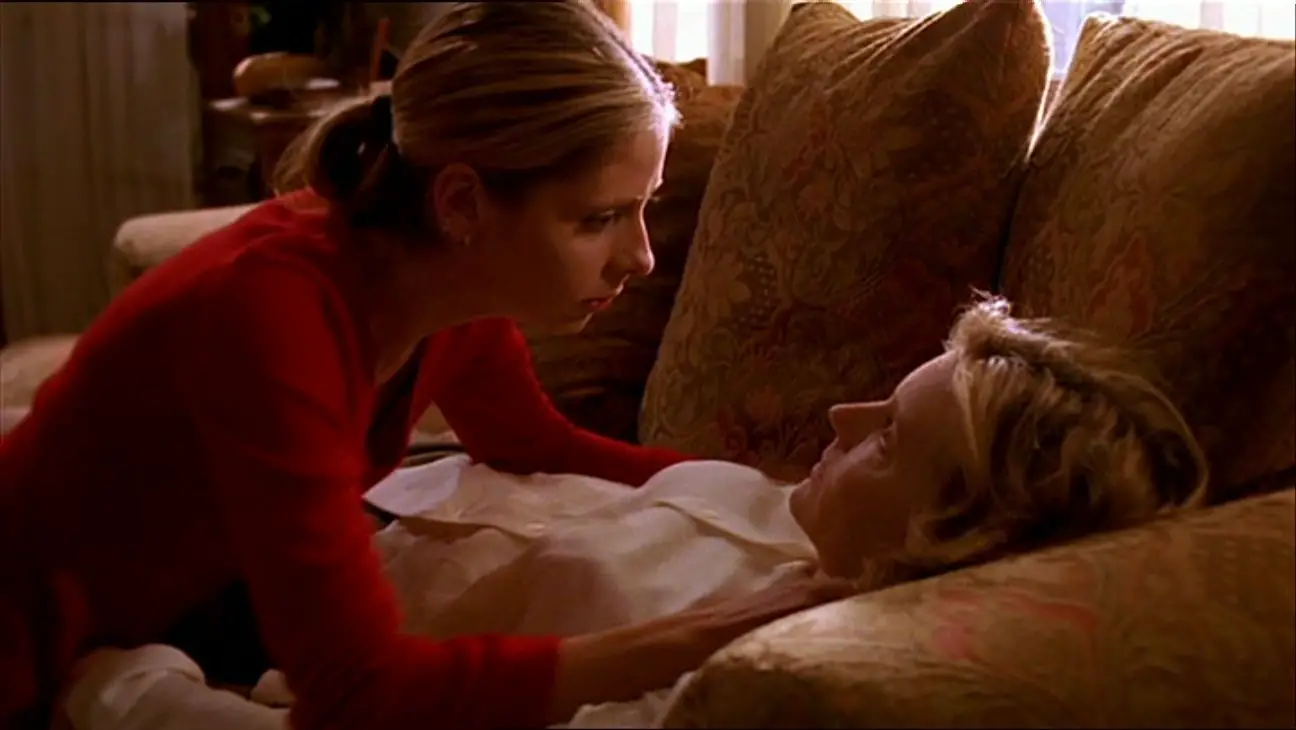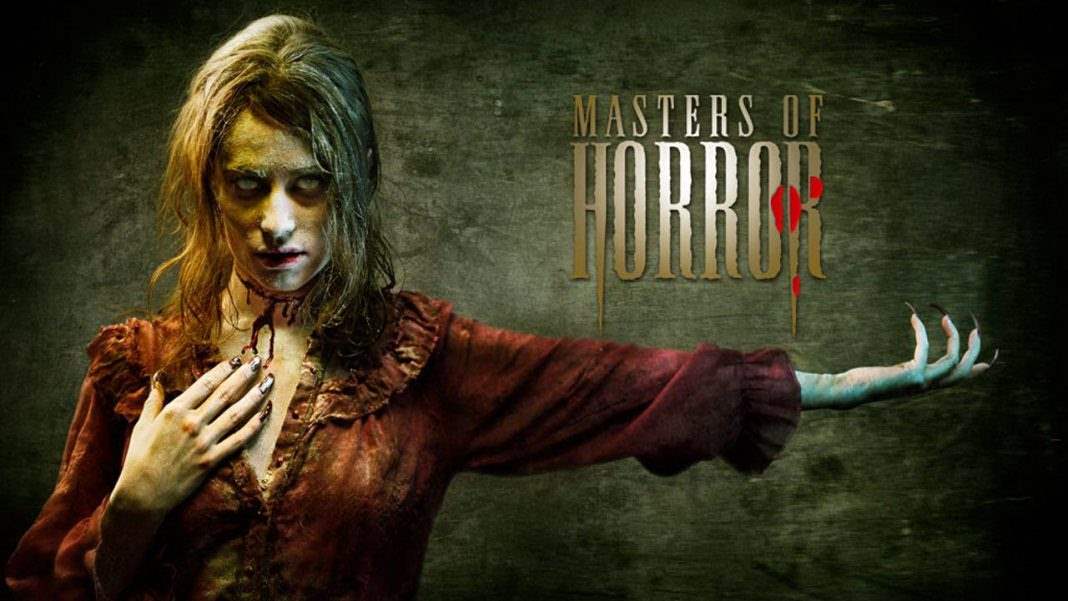Buffy the Vampire Slayer was a revolutionary show for a lot of reasons. The series quickly developed a cult following, as did series creator Joss Whedon – who has recently achieved profound mainstream recognition with films like The Avengers. The show balanced themes of growing up with action and horror, crossing every possibly genre throughout its seven seasons. The style of the show has been oft imitated since its premiere in 1997, but it has never been duplicated. Even now, eleven years after Buffy went off the air, successful shows like Teen Wolf still admit to being wholly inspired by Whedon’s groundbreaking series.
Here are ten times Buffy went beyond horror and to a dark place. When serious themes were dealt with, when the emotional stakes were highest and the emotional strength was lowest. Here are nine examples of pain as only Joss Whedon could envision. Obviously, there are spoilers below for those who have not yet seen the entire series.
“The Wish”
“The Wish” is about as dark as the show ever got. It introduced viewers to a bleak alternate reality. The episode saw Cordelia wishing that Buffy had never come to Sunnydale. This wish created a world in which the major plot line of the first season, the rise of a vampire known as the Master, had never been thwarted. Vampires owned the town in this parallel reality. Moreover, Buffy’s best friends Willow and Xander had been turned into a scary mirror version of Spike and Drusilla. Giles and Oz led a small human resistance but it wasn’t enough to offset the damage done by Buffy’s absence. When Buffy finally arrives to take care of the situation, she is cold and distant and very far removed from the slayer everyone is familiar with. It suggests that the world would be a much darker place if these relationships had never been formed and these characters had never been introduced to one another. It’s hard to imagine something much darker than watching each of the characters die, in fairly rapid succession, without any of them mourning one another. The vampire version of Willow that appears here does make a return appearance in the much funnier episode “Dopplegangland.”
The show had previously dealt with a slayer taking a human life in the third season, when Faith accidentally killed a man instead of a vampire and careened down a very dark and unhinged path. Buffy is generally more together than her season three slayer counterpart. Season six was certainly the darkest season of the series and Buffy was struggling to find herself or even feel connected to anything after her return from the dead. Her relationship with Spike had nearly reached its abusive peak. In “Dead Things” Buffy was under the false impression that she had actually killed an innocent bystander and thought that Spike had tried to cover it up for her. That’s not even the darkest thing about the episode, though. Up until this point, the trio of nerds fancying themselves villains had been mostly played for comic relief. Here, led by Warren – the most unstable of the bunch – they perform a spell that will turn any woman into their sex slave. Albeit supernatural, that is still rape. The girl Warren targets is his ex-girlfriend. When the spell wears off, he tries to rape her and then accidentally kills her. He then decides to dispose of the body and tricks Buffy into thinking she committed the crime, wiping his hands of any responsibility. This episode established Warren as a major antagonist for the season and was entirely twisted to boot.
At first, the premise for “Earshot” sounds like a fun gimmick. This is the episode where Buffy gets psychic powers and can hear what everyone is thinking. So, naturally Buffy hears all of her friends innermost thoughts. In typical Whedon tradition, it starts out very funny and then takes a sudden turn. In this case, the changeover occurs when Buffy hears someone thinking they’re going to kill everyone in the school. It becomes a strong episode dealing with the incredibly bleak subject of school shootings. The gang investigates every possibility, interrogating every student. Buffy eventually finds a student in a clock tower with a gun and talks him down, explaining what all those other students are feeling now that she has been in their heads. She explains what every single teenager in that school is feeling and the pain that each of them is going through. Unfortunately, the episode was set to air just before Columbine, and thus was held off from airing for a very long time.
Many fans think that the show really began in season two, with the two-part episodes “Surprise” and “Innocence.” Season one was good, but season two was when the series became great. In those episodes, Buffy’s reformed vampire boyfriend Angel loses his soul and returns to his old ways after having sex with Buffy. It was a great metaphor about a girl sleeping with a guy she really likes for the first time and discovering what a creep he is the next morning. But after becoming the big bad of the second season, Angel hadn’t really done anything bad. But “Passion” is the episode where Angel shows his sinister side. In this episode, Giles’ love interest, Jenny Calendar, who felt partially responsible for the loss of Angel’s soul – tried to help him get his humanity back. But Angel killed her before she could go through with it. The episode saw him stalking her through the school and eventually snapping her neck. He then left her body in Giles’ bed, decorated with rose petals and candles. It’s possibly the most frightening and heart-wrenching scene of the entire series.
This is a controversial choice. The musical episode is probably the number one fan favorite of the entire series. Everyone loves it. It’s got great structure and great songs. How can it be dark? The whole cast is singing! But let’s take a look at what they’re singing about. Buffy is singing about how she can barely feel since being resurrected to from the dead and finally reveals to her friends through song that they tore her out of Heaven, not Hell as they had assumed. Two characters reveal through song that they’re either leaving their significant others or leaving the show. Anya and Xander, about to be wed, reveal to each other all the fears about their upcoming wedding. Even the beautiful love song that Tara sings to Willow is about how Tara is literally under a spell Willow’s has cast on her. Willow performed a spell to make Tara forget a fight that they had and Tara is blissfully unaware that her girlfriend has her under mind control. The episode is full of catchy and seemingly upbeat tunes but it’s also incredibly dark and sets up all the downward spirals that follow in the remainder of the season.
Buffy has always harkened back to classic horror literature, right down to the vampire mythology apparent in every episode. “Forever” is an update on the essential horror story “The Monkey’s Paw.” The episode occurs right after the death of Buffy’s mother, which her younger sister, Dawn, is having an incredibly hard time dealing with. In a desperate attempt to reconnect with their mother, Dawn resorts to a resurrection spell, despite everyone warning her of the harsh and serious consequences. She’s a stubborn fourteen-year-old girl and does it anyway. The crux of the story lies in Buffy and Dawn’s need to communicate with one another and struggling to do so. When the girls her a knock at the door and it appears the spell has worked, Buffy personifies an excited child and it is Dawn who shows a measure of maturity in that moment, breaking the spell just as Buffy prepares to open the door.
Season six was hard on Buffy. We didn’t fully realize quite how hard until this episode. In “Normal Again” Buffy is infected by a demon and has visions of an alternate reality in which she is in a mental institution, her parents are still together, and her life as the slayer is a delusional fantasy. In this reality, none of her friends or even her sister exist. Buffy doesn’t want to be treated for the demon’s sting because she wants to believe this reality is true. When the doctors tell her to kill her delusion so she can be healthy again, Buffy tries to kill her friends instead. The most unsettling thing about the episode is the ambiguous ending, which remains open ended regarding whether or not the alternate reality is actually real.
The one and only Christmas episode in the series is predictably sad and melodramatic. It’s a take on A Christmas Carol, centered on Angel, who is visited by the ghosts of his past and the memory of all the terrible things he has done. These ghosts are actually part of an entity known as the First Evil and the ultimate goal here is to drive Angel to kill himself. Angel comes very close to ending his life and is really only stopped by a Christmas miracle. He waits for the sun to come up while Buffy tries to talk him out of it, then the sun simply doesn’t come due to a miraculous snow storm. It’s a Christmas-y and upbeat ending, but that doesn’t make the core of the episode and the deep focus on Angel’s suicide any less dark.
“The Body” isn’t just the one of the darkest episodes of the series, it’s also one of the most realistic. And in some ways, that’s almost harsher. This episode begins with Buffy discovering her mother’s body on the couch, dead. It’s nothing supernatural. Joyce Summers died of an aneurysm, nothing that Buffy could have predicted or prevented. The episode plays out almost in real-time, with Buffy discovering her mother and then calling the paramedics, then calling her friends and going to the hospital. The harshest moment of the entire episode, which is harsh from beginning to end, comes when Buffy fantasizes about saving her mother with CPR and everything turning out okay. The viewer almost buys into it until the paramedics bring her crashing back to reality. This episode also has no musical score whatsoever, which only helps establish its heart-wrenching tone.



